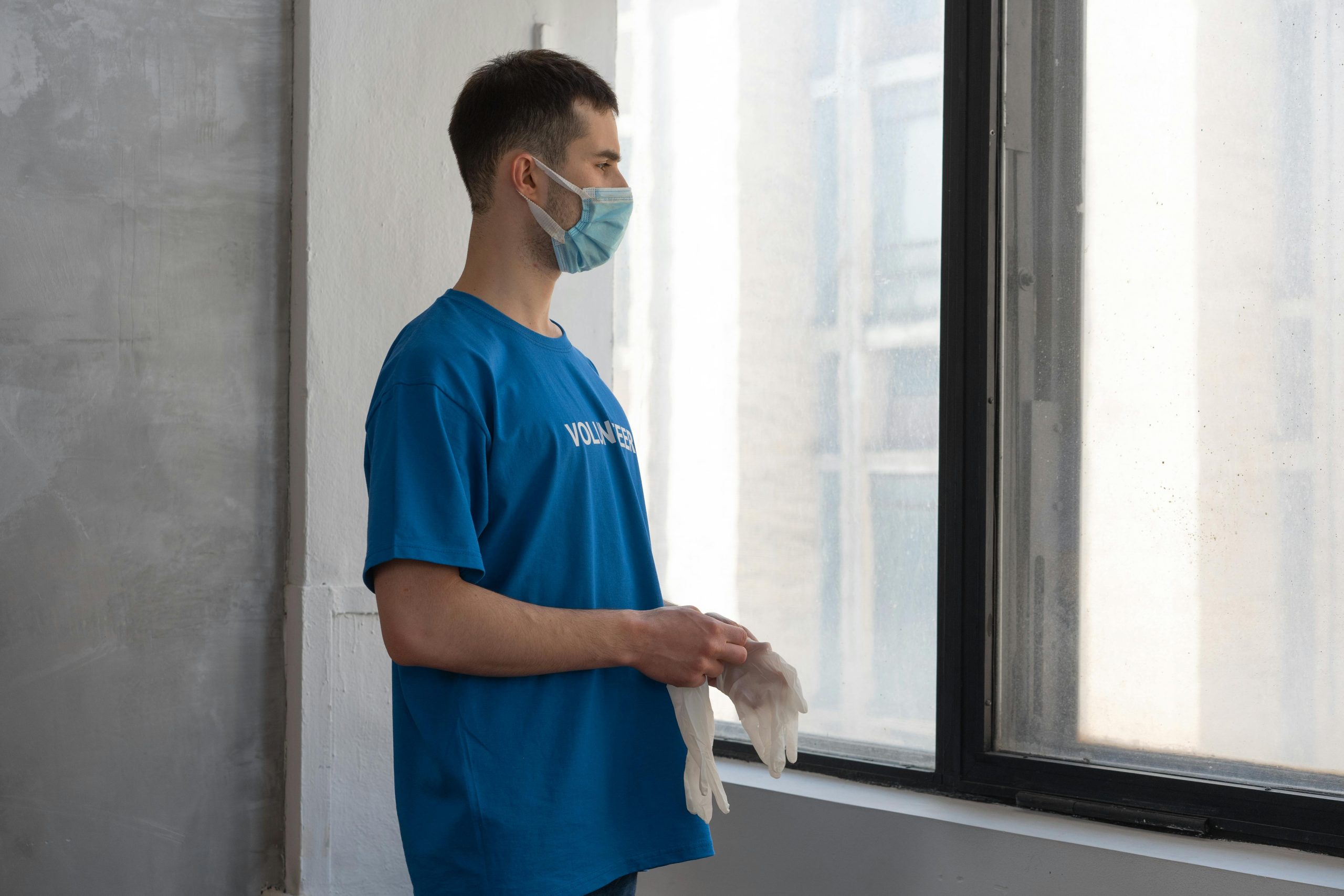Title: Troubleshooting Windows 10 Installation Issues on a Linux Laptop
Are you facing challenges while trying to install Windows 10 on a laptop that currently runs on Linux? If you’re stuck on the installation screen for more than 24 hours, it can be frustrating. Here are some steps to help you navigate this issue effectively.
Identifying the Problem
When transitioning from Linux to Windows, it’s not uncommon to encounter roadblocks during the installation process. The prolonged installation screen suggests that the setup may be halted due to a variety of reasons. Let’s explore how to tackle this situation.
Step-by-Step Solutions
-
Check Installation Media: First and foremost, ensure that the installation media (USB drive or DVD) is functioning properly. Faulty media can lead to installation failures. If possible, try creating a new bootable USB using reliable software.
-
BIOS Settings: Access your laptop’s BIOS/UEFI settings and verify that the boot order is correctly prioritized for the installation media. Additionally, ensure that Secure Boot is disabled, as it may interfere with installing Windows alongside or over Linux.
-
Partitioning Issues: If you’re attempting a dual-boot setup, confirm that the appropriate partitions have been created and formatted properly during the installation process. Sometimes, insufficient space or unreadable partitions can halt the installation.
-
Use a Different Installation Method: If you are using a particular installation method (like UEFI or Legacy), switch to another one. Different systems may respond better to different installation types.
-
Seek Community Support: Don’t hesitate to reach out to online forums or communities for assistance. Chances are, many users have faced similar challenges, and their insights could prove invaluable.
-
Restart the Installation: If all else fails, consider restarting the installation process. Sometimes, a fresh start can clear any initial hiccups.
Conclusion
Encountering installation roadblocks while switching from Linux to Windows is not unusual, but with a little troubleshooting, you can move past these hurdles. By checking your installation media, BIOS settings, and partitioning, you can ensure a smoother transition to Windows 10. Should you require further assistance, community forums can provide additional guidance. Don’t lose hope—your new Windows experience is just around the corner!
Share this content:




Hi, thanks for reaching out. Transitioning from Linux to Windows can sometimes present hurdles, especially during installation. Based on the issues you’ve described, here are some detailed suggestions: